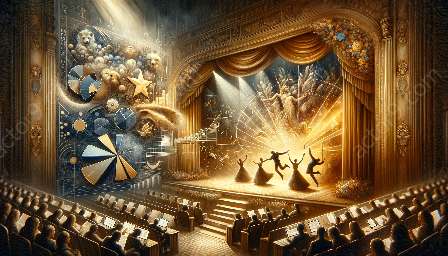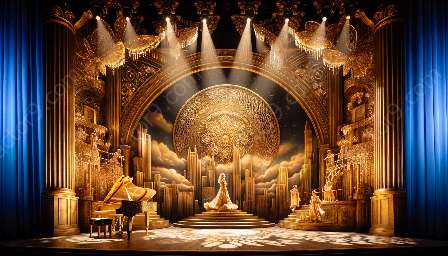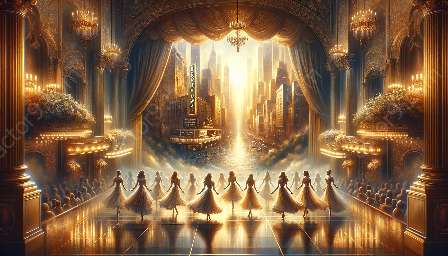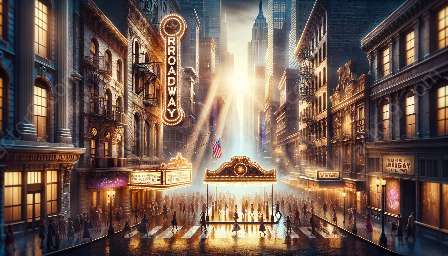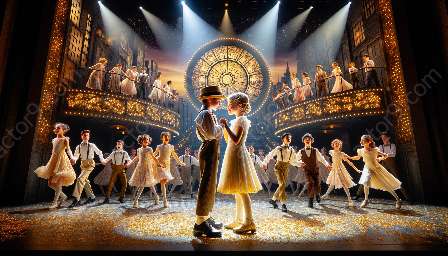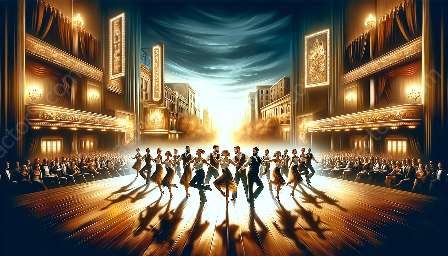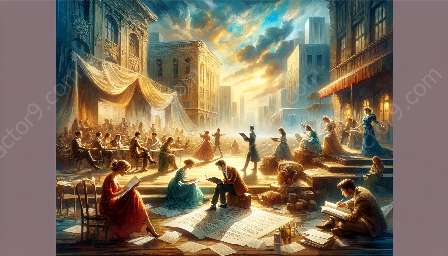When examining the intersection of Broadway productions and the American dream, it is important to consider the representation of marginalized communities within the context of these performances. Broadway and musical theater have been influential platforms in shaping the cultural narrative of the American dream and its accessibility to various groups. This article aims to explore the diverse ways in which marginalized communities have been portrayed and understood in relation to this central theme in Broadway productions.
Historical Context of the American Dream in Broadway
Broadway has played a significant role in reflecting and reimagining the American dream throughout history. This theatrical space has depicted the pursuit of happiness, success, and prosperity, but often through a narrow lens that excludes the experiences of marginalized communities. It is crucial to acknowledge the underrepresentation and misrepresentation of these groups within the context of the American dream on Broadway.
Exploring Marginalized Identities on Broadway
Broadway and musical theater have gradually expanded their narratives to include the stories of marginalized communities. Productions such as 'Hamilton' have reimagined the American narrative through the lens of immigrant characters and people of color, challenging traditional notions of the American dream. This shift has opened up avenues for more authentic representation of diverse experiences, shedding light on the struggles and triumphs of marginalized individuals.
The Impact of Representation in Broadway
The portrayal of marginalized communities within the context of the American dream on Broadway has a profound impact on shaping societal perceptions and attitudes. Through storytelling and performance, Broadway productions have the potential to foster empathy, understanding, and social change. By providing a platform for the voices of marginalized communities, Broadway contributes to a more inclusive and nuanced understanding of the American dream.
Challenges and Progress
Despite the progress made in representing marginalized communities, challenges persist. Stereotypes, tokenism, and limited opportunities for marginalized performers continue to be issues within Broadway. However, advocacy and activism within the theater industry are pushing for greater diversity and equity. The evolving landscape of Broadway and musical theater reflects ongoing efforts to provide more authentic and multi-faceted representations of the American dream.
Conclusion
The representation of marginalized communities in the context of the American dream within Broadway productions is a complex and evolving discourse. Broadway and musical theater have the power to shape narratives and challenge established norms, prompting audiences to reconsider the inclusivity and accessibility of the American dream. As awareness and advocacy grow, Broadway can continue to serve as a catalyst for positive change and authentic representation of marginalized communities.










